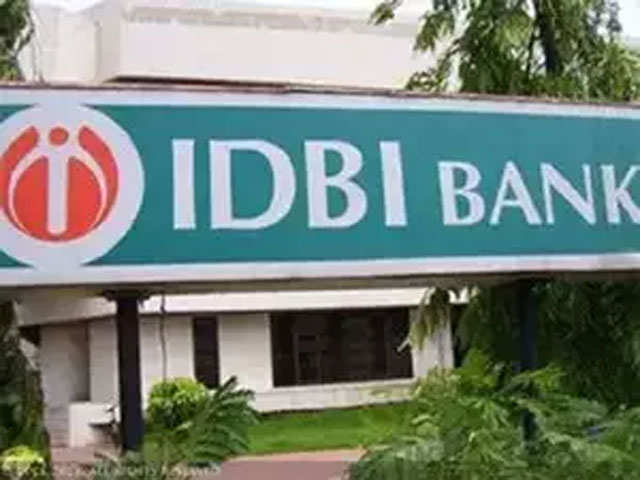INSUBCONTINENT EXCLUSIVE:
reduce risk rather than buying plain vanilla futures or a naked call option on the counter, derivatives analysts said.
Huge buying interest
was witnessed in IDBI derivatives on Friday after insurance regulator IRDAI signalled its approval to LIC raising its stake up to 51 per
cent from 10.82 per cent in the beleaguered PSU lender
This relative increase was the highest among all stock derivatives traded that day.
Analysts have said this could possibly prompt retail
However, rather than risk their capital by purchasing futures or simple call option, traders suggest purchasing a 55 strike call and
simultaneous sale of the 60 call
Both calls expire on July 26.
Assuming Friday closing prices per share (10,000 shares equal one contract) the 55 call is worth Rs 3.9 a
share and the 60 call Rs 2.10
Selling the 60 call reduces the price of the 55 call to Rs 1.8
This is the maximum a trader can lose and happens if IDBI remains at or below 55 in the current series
The maximum gain is Rs 3.2 apiece and happens if IDBI closes at Rs 60 or higher
At contract level, the maximum loss works out to Rs 18,000 and the maximum profit Rs 32,000
The risk-reward is 1.77:1.
While the sale of the 60 call reduces the risk in the strategy it also caps the profit
For example, if IDBI Bank expires at Rs 65, the 55 strike call will be Rs 10 in-the-money and the 60 call Rs 5
So, after paying Rs 5 a share to the 60 call buyer the trader will be left with a gross gain of Rs 5
Securities.
Ashish Chaturmohta, derivatives head, Sanctum Wealth Management, adds that high implied volatility makes plain vanilla options
buying risky in case of IDBI Bank
He also says that those with a bullish view on IDBI Bank would be better off doing a bull call spread rather than buying naked calls or
futures on the stock.
The put-call ratio on IDBI Bank July options declined to 0.45 Friday from 0.62 a day earlier, indicating huge call
selling to meet the trader demand
The implied volatility of the options ranged from 60 per cent-200 per cent.
This indicates options writers are cushioning themselves
adequately to protect themselves from spikes in the stock eitherside which can expose them to unlimited risks.

